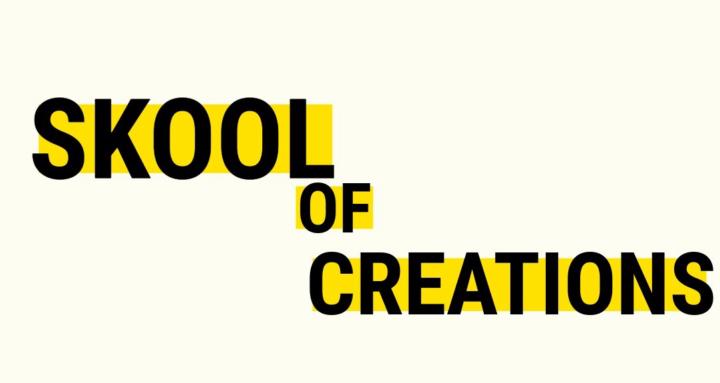Sep 16 • General discussion
How movies avoid cheap editing skills
🎯 1. The Wide Shot (WS)
Purpose:
This is your “establishing” shot — it shows where you are and lets your viewer settle into the environment. Use it at the start or end of a scene to anchor the viewer.
✅ Pro Tip: Shoot from a distance and include background elements that matter.
🎯 2. The Mid Shot (MS)
Purpose:
This is usually framed from the waist up. It’s the most
natural
comfortable
✅ Pro Tip: Use this for most of your talking points or tutorials.
🎯 3. The Close-Up (CU)
Purpose:
Frame your face or subject tight to draw attention. It adds
intensity
connection
✅ Pro Tip: Use sparingly to highlight key moments or reactions.
🎯 4. Over-the-Shoulder (OTS)
Purpose:
Useful for showing what you’re looking at, reacting to, or working on. Great for showing screens, products, or creative processes.
✅ Pro Tip: Makes the viewer feel like they’re right there with you.
🎯 5. Cut-In / Insert Shot
Purpose:
Zoom in or cut away to hands, notes, a phone screen, or any prop. These shots break up the flow and keep attention high.
✅ Pro Tip: Shoot a few of these to give options during editing (or skip editing and just place them in between scenes).
🎯 6. Movement Shot (Pan or Walk-In)
Purpose:
Instead of transitions, just use simple camera movement. Walk into the frame, pan left to right, or change your angle slightly between takes.
✅ Pro Tip: Keeps things feeling dynamic, without needing flashy edits.
1
6 comments

